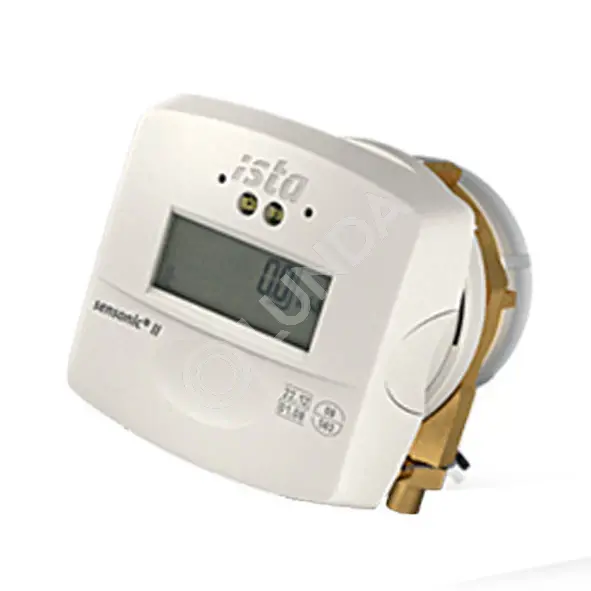Teploschetchik Hydrocal Instrukciya
Hydroxychloroquine (HCQ) is an antimalarial drug also used in treating autoimmune diseases. Its antiviral activity was demonstrated in restricting HIV infection in vitro; however, the clinical implications remain controversial. Infection with dengue virus (DENV) is a global public health problem, and we lack an antiviral drug for DENV. Here, we evaluated the anti-DENV potential of treatment with HCQ.
Immunofluorescence assays demonstrated that HCQ could inhibit DENV serotype 1–4 infection in vitro. RT-qPCR analysis of HCQ-treated cells showed induced expression of interferon (IFN)-related antiviral proteins and certain inflammatory cytokines.
 The hydroperoxyl radical, also known as the perhydroxyl radical, is the protonated form of superoxide with the chemical formula HO 2.This species plays an important role in the atmosphere and, as a reactive oxygen species, in cell biology. Hydrocortizone is a common misspelling of hydrocortisone. Hydrocortizone topical is used to relieve itching, redness and inflammation of skin conditions such as eczema or psoriasis.
The hydroperoxyl radical, also known as the perhydroxyl radical, is the protonated form of superoxide with the chemical formula HO 2.This species plays an important role in the atmosphere and, as a reactive oxygen species, in cell biology. Hydrocortizone is a common misspelling of hydrocortisone. Hydrocortizone topical is used to relieve itching, redness and inflammation of skin conditions such as eczema or psoriasis.
Mechanistic study suggested that HCQ activated the innate immune signaling pathways of IFN-β, AP-1, and NFκB. Knocking down mitochondrial antiviral signaling protein (MAVS), inhibiting TANK binding kinase 1 (TBK1)/inhibitor-κB kinase ɛ (IKKɛ), and blocking type I IFN receptor reduced the efficiency of HCQ against DENV-2 infection. Furthermore, HCQ significantly induced cellular production of reactive oxygen species (ROS), which was involved in the host defense system. Suppression of ROS production attenuated the innate immune activation and anti-DENV-2 effect of HCQ. In summary, HCQ triggers the host defense machinery by inducing ROS- and MAVS-mediated innate immune activation against DENV infection and may be a candidate drug for DENV infection. Virus, cell lines, and chemicals We used local Taiwanese strains of DENV-1 766733A and DENV-2 PL046 (Genbank accession no. ) isolated from patients with dengue fever and DENV-4 466088A isolated from a patient with DHF.

DENV-3 H87 strain was kindly provided by D. Kontroljnaya rabota kvadratnie uravneniya teorema vieta e. Gubler (Lin and others ).
These viruses were propagated in mosquito cell line C6/36 (ATCC: CRL-1660) grown in RPMI 1640 medium containing 5% fetal bovine serum (FBS). A549 human lung epithelial carcinoma cells (ATCC: CCL-185), Hepa1-6 hepatoma cells (BCRC: 60051), WS1 human fetal skin normal fibroblasts (BCRC: 60300), J774A.1 mouse macrophages (BCRC: 60140), and HEK-293T cells (ATCC: CRL-3216) were cultured in DMEM supplemented with 10% fetal bovine serum (FBS; Invitrogen). The reagents HCQ (Sigma-Aldrich; H0915), Baf A1 (Calbiochem; #196000), and recombinant human IFN-α 2a (Prospec; CYT-204) were used. TBK1/IKKɛ inhibitors BX795 (InvivoGen; tlrl-bx7) and Amlexanox (Sigma-Aldrich; SML0517) (Reilly and others ) and reactive oxygen species (ROS) inhibitor N-tert-Butyl-(-phenylnitrone (PBN) (Sigma-Aldrich; B7263) (Fidanboylu and others ) were used. Real-time quantitative PCR TRIzol reagent (Invitrogen) was used for total RNA extraction, and cDNA was synthesized from 0.5 μg total RNA by use of Superscript III reverse transcriptase (Invitrogen).
